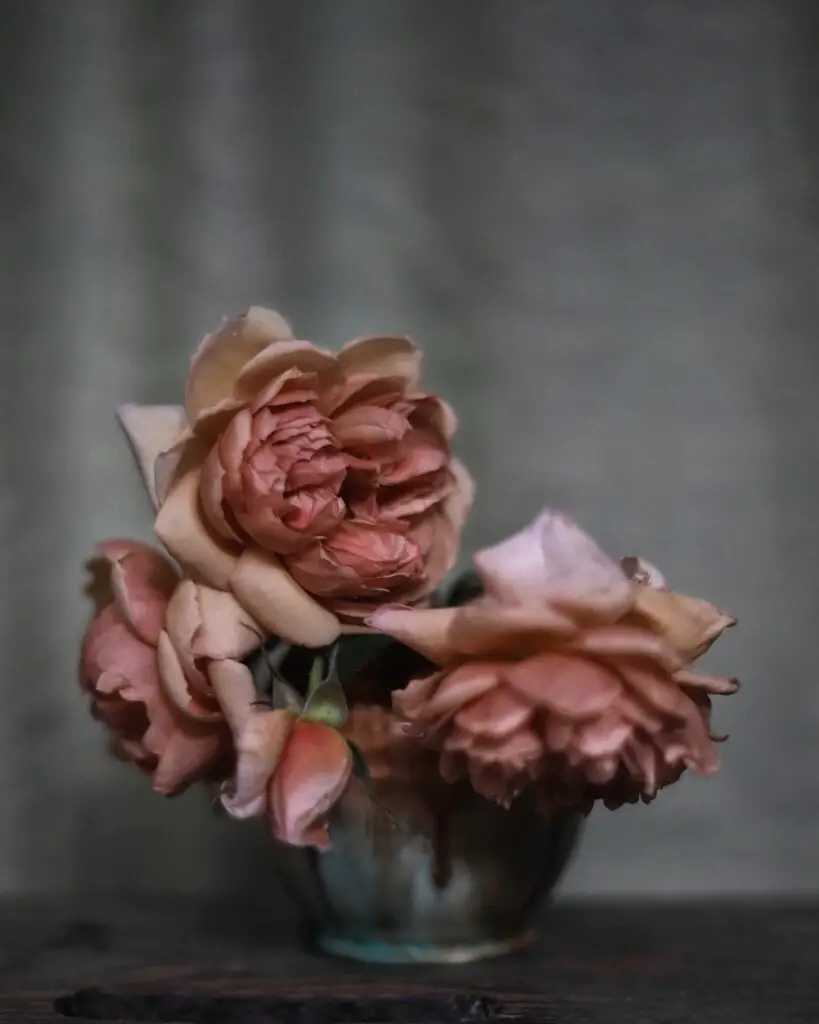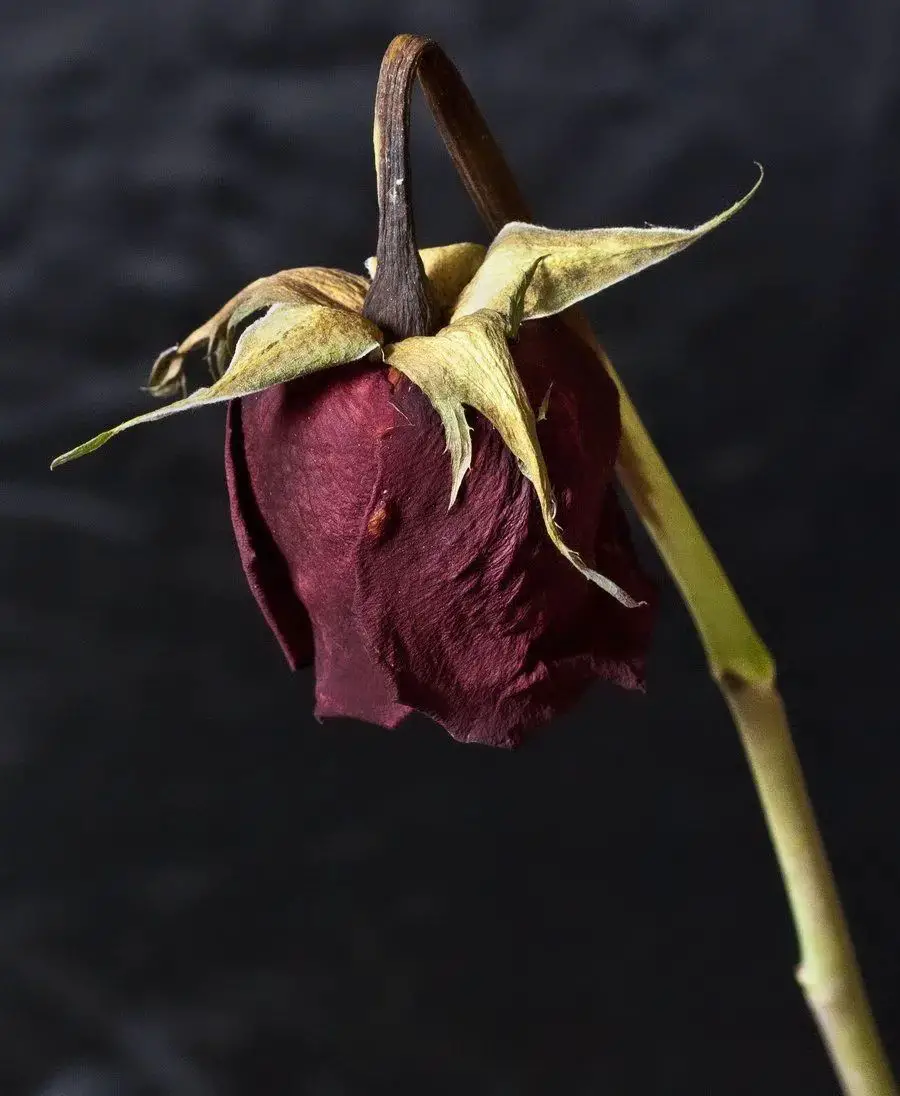In the delicate art of tending to roses, mastering the technique of deadheading—removing spent blooms to encourage new growth—is akin to coaxing a garden to its fullest bloom. Yet, amidst the thorns and petals, even the most seasoned gardeners can stumble upon pitfalls when it comes to properly deadheading roses. It’s not merely about snipping away wilted flowers; it’s about nurturing the plant to flourish season after season.
Imagine a garden bursting with vibrant hues and fragrances, where each rosebud competes for attention with its radiant beauty. However, making mistakes such as a wrong cut, a hasty snip, or neglecting the timing can lead to stunted growth or even damage the plant’s health. This blog will explore the common missteps gardeners make when deadheading roses, and provide expert tips and tricks to ensure your roses thrive. Whether you’re a novice or a green-thumb veteran, understanding these nuances can transform your garden into a sanctuary of perpetual bloom.
6 Rose Deadheading Mistakes To Avoid
We’ll discuss the topic step by step. So, bear with us, and let’s dive into it:

Wrong Timing
Timing is crucial when it comes to deadheading roses. Many gardeners inadvertently prune their roses at the wrong time, which can severely impact the plant’s health and blooming potential. The ideal time to deadhead roses is after the bloom has faded and before it sets seed. This practice encourages the plant to redirect its energy into producing new blooms rather than seeds, promoting continuous flowering throughout the season.
Incorrect timing, such as pruning too early or too late, can disrupt this cycle. Pruning too early, for instance, may remove buds that haven’t fully bloomed yet, reducing the overall flower yield. On the other hand, waiting too long to deadhead can result in the plant using its energy to produce seeds instead of new blooms. This can lead to fewer flowers and a less vigorous plant over time.
To avoid these pitfalls, observe your roses closely throughout the growing season. Regularly inspect the blooms and deadhead as soon as the flowers start to fade. This proactive approach ensures that you catch the blooms at the optimal time for deadheading, maximizing your roses’ bloom potential and overall health. By understanding and adhering to the correct timing for deadheading, you can enjoy a garden filled with healthy, vibrant roses throughout the season.
Neglecting to Clean Up Dropped Plant Material
In the meticulous care of roses, one often overlooked yet crucial aspect is the thorough cleanup of dropped plant material. Neglecting to remove fallen leaves, petals, and pruned branches can invite pests and diseases to thrive among your prized roses. These organic remnants serve as breeding grounds for harmful fungi and insects, posing a significant risk to the overall health of your garden. Proper disposal of this debris not only enhances the aesthetic appeal of your garden but also plays a pivotal role in preventing potential infestations and diseases that could otherwise jeopardize your roses’ vitality.
Regularly clearing away fallen plant material reduces the likelihood of fungal diseases like powdery mildew and black spots, which thrive in damp, decaying conditions. Implementing a routine cleanup regimen not only supports the health of your roses but also fosters an environment where they can flourish freely, unfettered by preventable ailments. By prioritizing this simple yet crucial task, gardeners can safeguard their roses and ensure they bloom magnificently season after season.

Neglecting Pruner Cleaning: A Common Rose Deadheading Mistake
Often overlooked yet crucial, the proper maintenance of pruning tools, especially pruners, is paramount for successful rose care. Neglecting to clean pruners after each use can inadvertently spread diseases among your prized roses. Residual sap and debris on blades can harbor pathogens that transfer from one plant to another during subsequent use. This oversight not only jeopardizes the health of individual plants but can also lead to widespread infections throughout your garden.
Regular cleaning involves wiping pruners with a disinfectant solution or rubbing alcohol after each cut. Additionally, sharpening blades regularly ensures clean cuts, minimizing stress on the plants and promoting quicker healing. By incorporating these simple habits into your gardening routine, you can safeguard your roses against diseases and foster healthier growth. Remember, a few moments spent caring for your pruners can make a significant difference in the long-term vitality of your garden.
The Pitfalls of Using Blunt Cutting Implements
Using blunt cutting implements can inadvertently harm your roses more than help them. When deadheading, the precision of your tools directly impacts the plant’s health. Blunt tools crush rather than cleanly cut stems, leaving jagged edges that invite disease and hinder proper healing. This increases the risk of fungal infections and slows new growth.
Investing in sharp, high-quality pruning shears or scissors is crucial for effective deadheading. Clean cuts promote faster healing, reduce stress on the plant, and encourage robust regrowth. Regularly sharpen your tools and sanitize them between cuts to prevent the spread of diseases. By prioritizing sharp cutting implements in your gardening routine, you not only enhance the health and beauty of your roses but also ensure a flourishing garden season after season.
Cutting in the Wrong Place
In the meticulous practice of deadheading roses, where precision is paramount, cutting in the wrong place can spell disaster for your beloved blooms. The key to effective deadheading lies in identifying the correct spot to make each cut. Typically, this means snipping just above the first set of five leaflets below the spent flower. This method encourages healthy new growth and ensures the plant directs its energy towards producing more flowers.
Misjudging where to cut can hinder the rose’s ability to rejuvenate. Cutting too high above the leaf set can leave behind an unsightly stub, inviting disease and slowing down the flowering cycle. Conversely, cutting too low risks damaging the emerging growth or stimulating excessive lateral growth at the expense of further blooms.
Moreover, timing is crucial. Deadheading too late into the season can interfere with the rose’s natural dormancy process, potentially weakening the plant before winter sets in. Understanding the specific growth patterns of your rose varieties helps in timing deadheading for optimal results.
To avoid these pitfalls, it’s essential to equip yourself with the right tools—a sharp, clean pair of pruning shears—and a keen eye for detail. Regular inspection of your roses allows you to catch spent blooms early and intervene before they sap vital nutrients from the plant.
By mastering the art of cutting in the right place and at the right time, gardeners can ensure their roses not only survive but thrive, gracing the garden with their beauty season after season.

Cutting at the Wrong Angle
Mastering the art of deadheading roses involves more than just snipping away spent blooms—it requires precision in technique to ensure the health and vitality of your plants. One of the critical mistakes often made is cutting at the wrong angle. When deadheading, it’s crucial to trim just above a leaf node at a 45-degree angle. This angle promotes quicker healing and prevents water from pooling on the cut, which could lead to rot or disease. Cutting too close or too far from the node can disrupt the plant’s growth patterns and diminish its ability to produce new blossoms.
Improper angles can also leave stems vulnerable to disease and pests. A clean, angled cut encourages the rose to redirect its energy into producing new growth rather than healing wounds. This method not only maintains the plant’s health but also enhances its aesthetic appeal by encouraging bushier growth and more abundant flowering.
Novice gardeners often overlook the importance of the cutting angle, resulting in suboptimal results despite their best efforts. By mastering this simple yet crucial technique, you can transform your rose garden into a thriving spectacle of color and fragrance. Remember, each careful snip is a step towards preserving the beauty and health of your roses, ensuring they bloom vigorously throughout the season.
In essence, proper deadheading technique, including cutting at the correct angle, is essential for the overall health and longevity of your roses. It’s a small adjustment in technique that yields significant rewards in terms of plant vigor and floral abundance. With this understanding, you can confidently wield your pruning shears, knowing each cut is an investment in a garden that flourishes with vitality and beauty.
Conclusion
Mastering the art of deadheading roses is crucial for fostering healthy, vibrant blooms year after year. Avoiding common mistakes like improper cuts and timing ensures your roses not only survive but thrive, enhancing the beauty of your garden. By taking the time to understand the needs of your roses and applying proper deadheading techniques, you can create a flourishing sanctuary of color and fragrance. With these insights in hand, you’re well-equipped to enjoy a garden that delights the senses and brings joy throughout the seasons.

I’m Shofi, a passionate gardener and blogger. I have 10+ years of experience in gardening and hold certifications in horticulture and garden design. I share my knowledge and skills through my garden blog to inspire and educate others on the joys of gardening. I try to provide valuable information and create a community for gardeners of all levels to connect and learn. My ultimate goal is to inspire others to start their own gardens and connect with nature.

